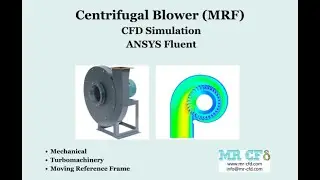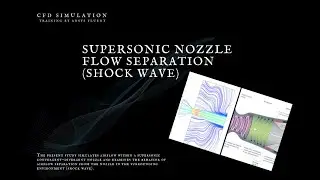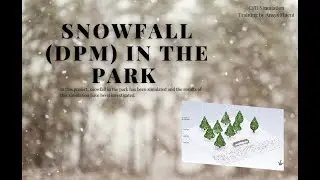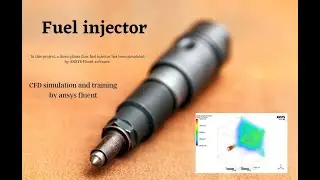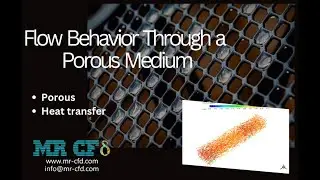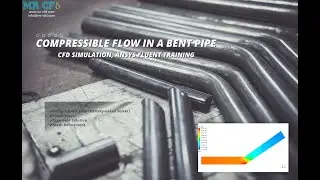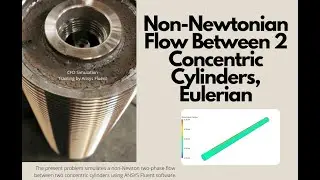Air Pollution within a Street Canyon, CFD Simulation, ANSYS Fluent Training
https://www.mr-cfd.com/shop/air-pollu...
The present problem simulates the diffusion of pollution in a street canyon using ANSYS Fluent software. In this modeling, an urban area is defined as the computational area of the model; Thus, two rows of building blocks are created parallel to each other, and as a result, space is created between these two rows of building blocks, which is called a street canyon or an urban canyon. The type of canyons and their constituents’ geometric dimensions can be effective in discussing the distribution of urban heat or the distribution of different gases in the air. This work aims to investigate the amount and distribution of pollutants in the space of these canyons. Therefore, to perform this simulation, the Species Transport model has been used.
The model has two types of gas, including air and pollutants; So that the pollutant species has a specific heat capacity of 1100 j.kg-1.K-1 and a molecular weight of 77.49064 kg.kmol-1 and air has a particular capacity of the heat of 1006.43 j.kg-1.K -1, and the molecular weight is equal to 28.966 kg.kmol-1. It is assumed that all pollutants are generated within the street canyon space, and therefore, two grooves are created on the ground in the canyon space, which acts as a source of pollution. Therefore, a source term for the pollutant species of 0.011 kg.m-3.s-1 is defined in the contamination area from the model’s computational area. Initially, there is only air inside the urban area, and then pollutants begin to be produced.
At the model inlet boundary, only pure airflow enters, and the velocity inlet condition is used. The value of input speed is defined as a function of the input section’s location, and hence, a profile in UDF format is used.








